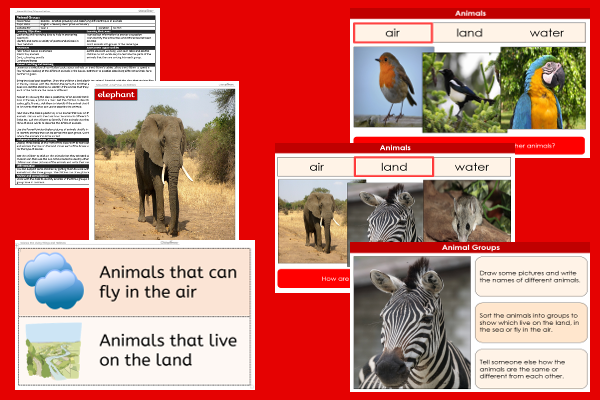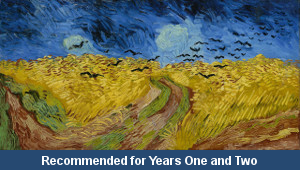Lesson Two – Animal Groups

This science teaching pack for Key Stage One gets the children to practise grouping and classifying different types of animals to illustrate and record their matching habitat locations around the world.
The class can identify and illustrate whether each of the different group[s of animals can be found living on the land, in the sea or flying in the air in a range of locations.
Download this teaching pack including a lesson plan, classroom activities and an interactive presentation to practise grouping and classifying different types of animals to illustrate and record their matching habitat locations around the world
Activities in this teaching pack include display posters to sort animals into different groups to match their habitat locations around the world and a set of cards to select and sort a range of animals into different groups according to whether they can be found living on the land, in the sea or flying in the air in a range of locations.
The interactive presentation can be used to explore how to group and classify different types of animals to illustrate their matching habitat locations.
This lesson is part of a science scheme of work to get the children to identify, describe and compare some of the different animals that can be found living in a jungle habitat including in the tree canopy and undergrowth. There are teaching activities for shared learning, differentiated worksheets to support independent learning and interactive presentations to introduce concepts and key skills.
-

Digraphs Word Sums
Investigate the spellings and meanings of different sets of words with a range of initial consonant digraphs
-

Van Gogh
Investigate and replicate the work and painting style of a famous artist from the past by producing a matching landscape of the school building
-

Harbour Labels
Practise structuring and formatting different word processed documents to describe a range of ships and boats seen in a harbour
-

Islam
Explore and illustrate some of the different stories, beliefs and practices of the Islamic religion including special festivals and sacred texts
